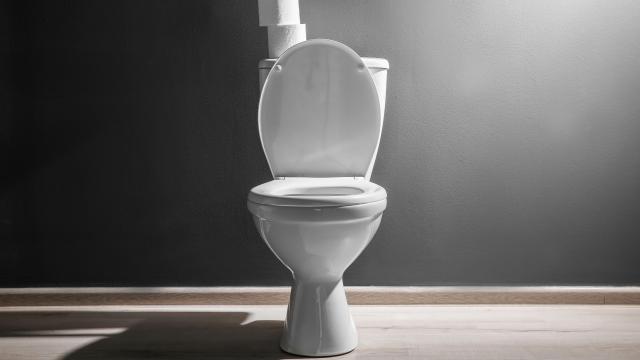We usually don’t think too hard about toilets, that utilitarian appliance in our bathrooms that accepts all of our waste, mistakes, and regrets without complaint. Although you can certainly spend a lot of money on some seriously fancy toilets, for most of us, a toilet is a largely anonymous part of our home’s infrastructure. We only pay attention to our toilets when they stop working properly — when they run constantly, or get clogged up.
But toilets, like everything else in this world, have a lifespan. There’s no clear consensus on how long your toilet will last; estimates range from about 10 years to longer than 50 years — some folks will even tell you that the toilet itself, the porcelain shell, can last forever if properly cared for, and that it’s really only the inner workings in the tank that need to be replaced. Unless you’ve splashed out for a fancy model, your toilet is a pretty simple appliance and it may well last you decades. But chances are you will eventually need to replace it — here’s how to know that the bell is tolling for your trusty porcelain throne.
Performance issues
The first, most obvious sign that your toilet is ready to be replaced is when it stops doing the one thing it’s supposed to do — flush your waste into the sewage system. An occasional repair — even replacing the flushing mechanism inside the tank — is to be expected, especially once your toilet passes the decade mark that’s considered the low end of toilet longevity. But if you find yourself constantly working to fix issues like constant running, insufficient flushing power, or clogs that cause the toilet to back up, you should start thinking about replacing the unit.
Something else to look for is hard water mineral deposits in your toilet’s siphon tube and inlet holes. If you’ve noticed hard water stains on your toilet and you’re experiencing low-power flushes or frequent clogging, you might have mineral build-up at the connections to the pipes leading to and from your toilet, inhibiting water flow. While you can usually clean these deposits, it’s not easy work — starting fresh with a new model and preventing the buildup from happening in the first place might be a better choice.
Cracks and damage
This should be obvious, but if you see cracks in your toilet, it is definitely time to replace it. A cracked toilet doesn’t doesn’t only expose you to potential water leaks and water damage, it could simply be dangerous. While you can repair small cracks with some success, larger cracks mean that the whole toilet could potentially break — which could result in injury if you happen to be sitting on it at the time.
Hairline cracks can be hard to see, but a sign that your toilet is damaged is water puddling on the floor around it. Water should never be seen outside the toilet — if you persistently see water on the floor that can’t be coming from any other source, there are two possible reasons: One, the connections that bring water to your tank and connect the tank to the bowl have become loose, or the gaskets that secure them have aged or rotted, or two, hairline cracks are leaking water. The first option is a relatively easy repair, but the second indicates that it’s time for a new toilet. And if it repeats shortly after making a repair, that’s an even clearer sign.
Wobbling
Finally, if your toilet becomes unbalanced and “wobbles” every time you sit on it, take a very close look at the base of the toilet and the floor. Wobbling toilets can result from loose bolts — examine the two bolts holding your toilet to the floor; if they’ve loosened over time a few turns with a pair of pliers or a socket wrench should fix the problem (don’t over-tighten, unless you want to see what cracked porcelain looks like).
If the bolts loosen again in a relatively short period of time, or if you notice the floor is warped or that tiles are popping up, a closer inspection is necessary because you might have a rotten floor from a persistent leak in your toilet. That means not just a new toilet, but some repair work to the floor — even if you can figure out how to attach a new toilet so that it’s stable, ignoring water-damaged flooring is a recipe for future disaster, including mould.
Like many things in the modern age, toilets are actually getting better all the time — more water-efficient, more powerful, and longer-lasting. For that reason alone, you should probably have a low bar when it comes to replacing as opposed to repairing your toilet.

Leave a Reply
You must be logged in to post a comment.